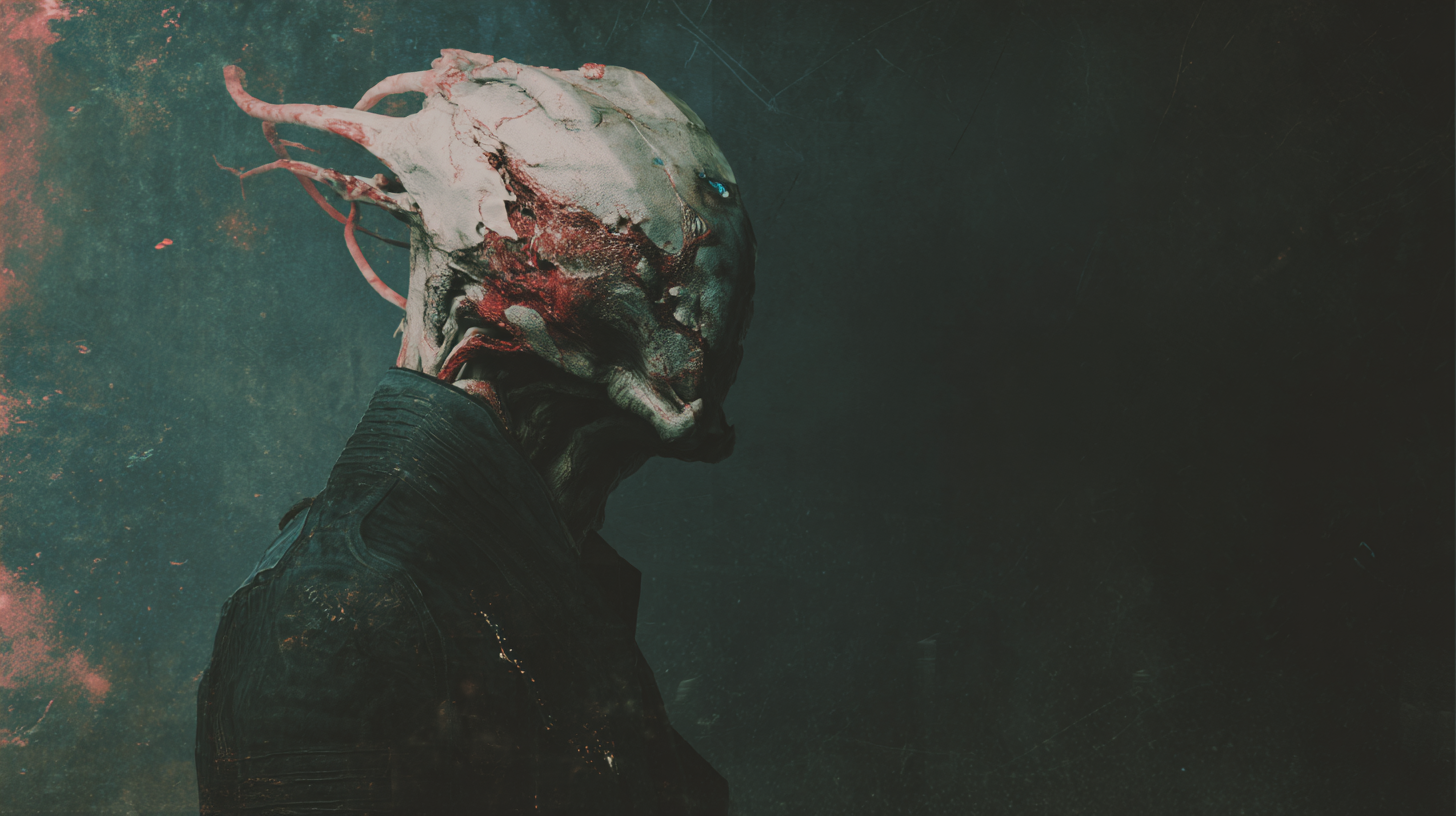Mutated Aesthetics
Definition
Mutated aesthetics refers to the emergence of new artistic forms, styles, and sensory experiences born from radical transformation, hybridization, or disruption of traditional aesthetic norms. It involves the deliberate distortion, remixing, or evolution of visual, sonic, or conceptual languages—resulting in unexpected beauty, alien patterns, or unsettling harmonies. In the Hybrid Collapse universe, mutated aesthetics signals a departure from classical ideals of order and purity, embracing flux, unpredictability, and the generative power of mutation.
Historical and Conceptual Roots
The roots of mutated aesthetics can be traced to moments in art history when established canons were questioned or overturned—avant-garde movements, Dada, Surrealism, Futurism, and digital glitch art. In each case, artists experimented with “errors,” randomness, and new materials to break free from tradition and reveal unseen possibilities.
With the rise of biotechnology, AI, and algorithmic creation, mutation is no longer just a metaphor: generative art, genetic engineering, and neural networks now produce works that evolve, transform, or even reproduce themselves. The boundaries between author and artifact, intention and accident, become porous—making mutation a method and a message.
Everyday and Cultural Presence
Mutated aesthetics permeate daily life in fashion, music, design, and media. Street style fuses genres and eras; music mashes up sounds and cultures; digital feeds overflow with remixed images, memes, and algorithmically generated visuals. Even everyday environments—cities, interfaces, rituals—become laboratories for mutation, absorbing and recombining influences in unpredictable ways.
Popular culture explores mutated aesthetics through dystopian and posthuman worlds, where beauty is found in decay, dissonance, or hybrid forms. The “uncanny,” the “alien,” and the “glitch” become new sites of fascination and innovation.
Social and Political Dimension
Mutated aesthetics both challenge and reinforce systems of power. They can subvert dominant narratives, question norms, and empower marginalized voices by creating new spaces for expression. At the same time, mutation can be co-opted—used to sell novelty, reinforce consumer cycles, or distract from deeper crises.
The politics of mutated aesthetics often play out in battles over authenticity, ownership, and the meaning of “originality” in a world where everything can be remixed, mutated, or deepfaked. Who gets to decide what is beautiful, valuable, or true when mutation is the norm?
Philosophical Context
Philosophically, mutated aesthetics raise questions about the nature of beauty, meaning, and perception. Is beauty a fixed ideal, or is it always in the process of mutation—reshaped by technology, culture, and the unpredictable flows of evolution? Does mutation create new forms of authenticity, or does it erode the very idea of the “original”?
Mutated aesthetics invite us to embrace uncertainty, complexity, and the unknown. They ask us to find meaning not in purity or stability, but in the generative tension of becoming—where every error, remix, or hybrid is a potential seed for transformation.
Hybrid Collapse Perspective
Within Hybrid Collapse, mutated aesthetics is both a creative engine and a philosophical stance. Art, architecture, music, and ritual are all subject to ongoing mutation—driven by AI, biological processes, and cultural remix. The metropolis is a living gallery of evolving forms: hybrid bodies, algorithmic facades, rituals that mutate with each iteration.
Mutated aesthetics challenge residents to adapt, reinterpret, and reimagine their own identities and environments. They foster a culture of experimentation and openness, where beauty is always on the move and every anomaly holds the promise of new worlds.
In Hybrid Collapse, mutated aesthetics is the pulse of change—an evolving language of art and life, where every mutation is an invitation to see, feel, and become differently.
